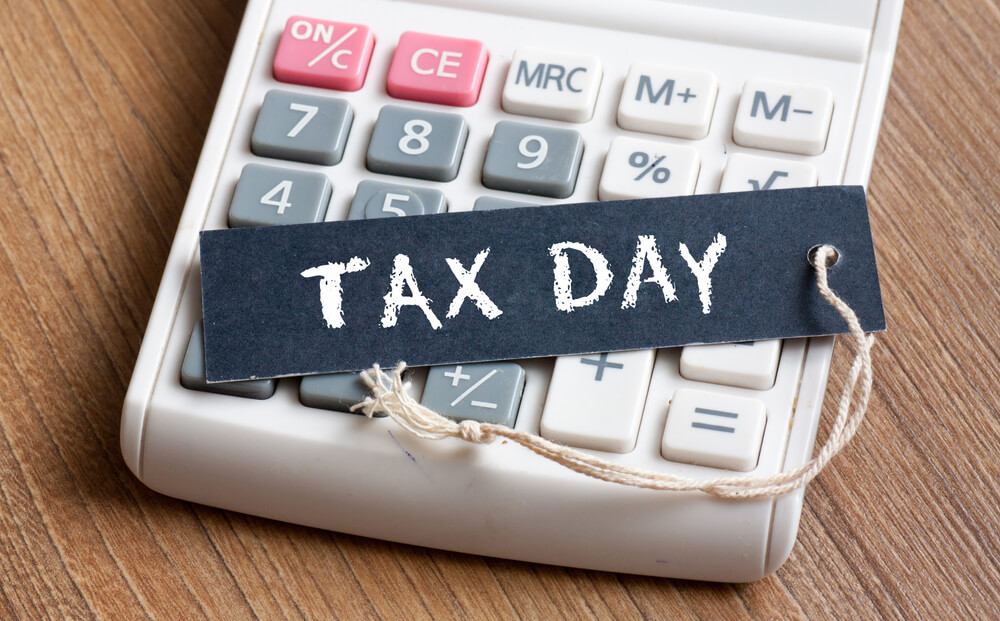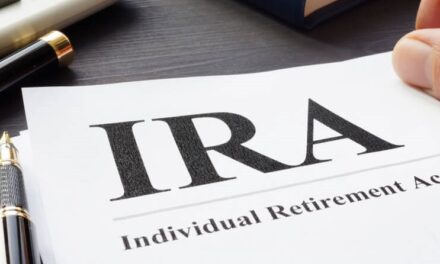President Joe Biden takes office today, and if the stock market’s performance since November is any indication, the outlook is broadly positive.
The hope is that increased federal spending — including another proposed $1,400 stimulus check — will be enough to goose the economy until the COVID-19 vaccines allow the economy to return to something resembling normal.
Alas, it’s not all sunshine and roses. Lower taxes were a major, defining characteristic of the Trump administration. And Biden has indicated plans to reverse many of the Trump-era tax cuts.
Let’s take a look at the proposed changes to see if we should do anything with our own retirement plans.
The Basics for 2021 Taxes
To start, taxes won’t rise for most Americans in 2021. In fact, tax bills will fall for many, at least temporarily. Biden has proposed bumping the child tax credit from $2,000 to $3,000 for each child under 18 and to $3,600 for children under the age of 6. This credit starts to phase out at incomes over $400,000 for a married couple, but it will cover the vast majority of American families.
For higher-earning Americans, taxes will likely be going higher … though not by a crushing amount. Biden wants to raise levies on the top tax bracket from 37% to 39.6%. This would apply to family incomes over $400,000. He has also proposed fewer itemized deductions for taxpayers in this bracket. That means more of their income would be subject to the top rate.
More importantly, for investors, Biden has proposed raising the long-term capital gains and qualified dividend rate to 39.6% for Americans earning more than $1 million per year, effectively doubling the rate they pay today.
Now, a couple of points should be made here:
- These are proposals. They are not yet policy. Biden will have to negotiate with Congress, and any tax hikes may end up being significantly less than his proposals.
- They may also wait until tax year 2022 to make any major changes. The biggest takeaway is that most Americans aren’t going to notice much of a difference to their federal income tax bill.
But let’s say you or your spouse are killing it in your career, and you find yourself in the top bracket. Doubling your tax rate on investments is a bitter pill. But there are a few things you can do to reduce the pain.
Protect Your Investments During Biden’s Administration
1. To start, if you’re not already maxing out your 401(k) or IRA… well, what’s wrong with you, man?
In tax year 2021, you can contribute up to $19,500 to a 401(k) plan or $26,000 if you’re 50 or older. The maximum for a standard IRA is $6,000, and a SEP IRA is even greater at $58,000. Every dollar you put into these accounts is worth an immediate 40 cents in tax breaks. If you make a good amount of money and aren’t maxing at least the first two options out already, you are missing out.
2. You should also look into tax-free municipal bonds. Today, you can get a relatively conservative 5.15% tax-free payout in a muni fund like the Invesco Advantage Municipal Income Fund II (NYSE: VKI). That’s the equivalent of an 8.53% taxable yield if you’re in the 39.6% bracket.
I hate paying taxes as much as the next guy. I even skipped meals in my earlier career years to max out my 401(k) plan. I’m not suggesting you do that, of course. Sacrificing your health for a tax break is a really stupid idea and only makes sense if you’ve drunk the ideological Kool-Aid as I did at the time.
But my point stands: Higher taxes can be a real burden, but there are always ways to legally reduce that burden. And you don’t have to get too creative. Simply maxing out your retirement plan and investing in munis gets you pretty far up the road.
To safe profits,

Charles Sizemore is the editor of Green Zone Fortunes and specializes in income and retirement topics. Charles is a regular on The Bull & The Bear podcast. He is also a frequent guest on CNBC, Bloomberg and Fox Business.





